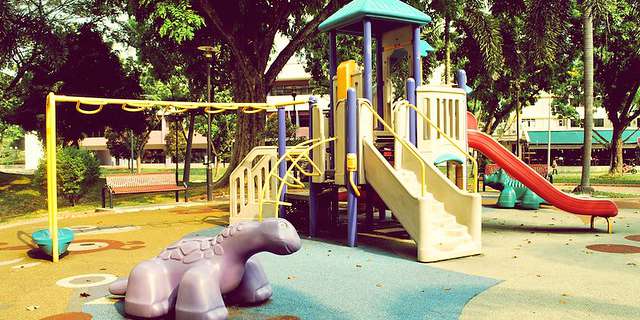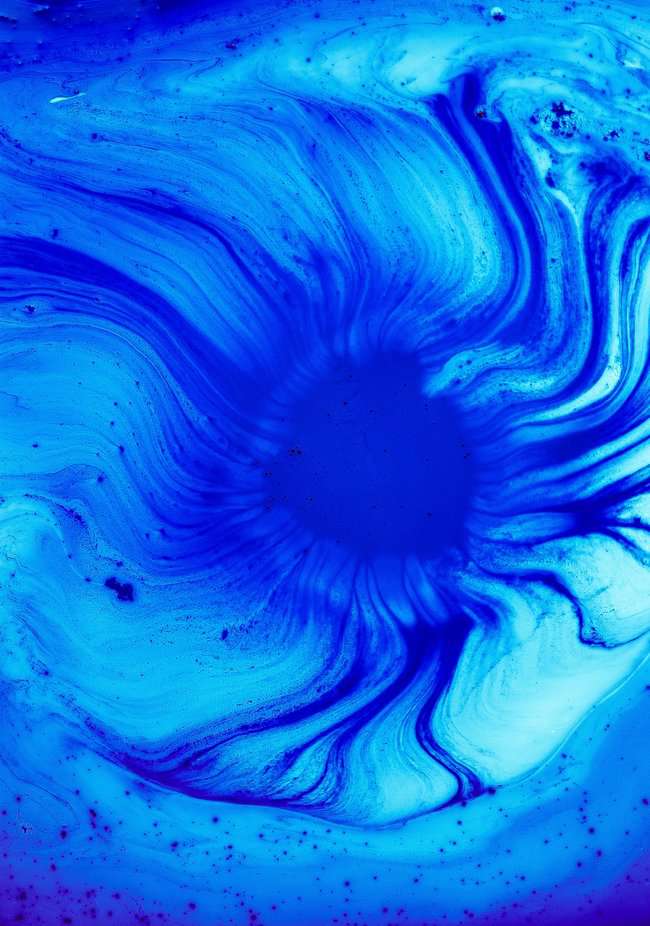
Plastic playground equipment comes in a broad variety of colors to create vibrant plays paces for families. Image Source: Flickr user Frances Gonzales
I can tell it’s summer by the sounds I hear from my window. Ecstatic with summer vacation excitement, children laugh and shriek at the playground next to my house, running, swinging, and climbing themselves into exhaustion. To me, it is the soundtrack to a season full of lazy days and late night swimming
The playground was built a year ago, replacing worn and discolored plastic parts with new, brightly colored components. The result is a wonderland of swings, jungle gyms, and slides, still looking fresh out of the box. But while countless families are now enjoying this new addition to our community, few are aware of the complex processes that must take place in order to create and preserve the vibrant colors of plastic playground equipment.
The Benefits of Plastic Playground Equipment
Playground equipment can be built using a wide variety of materials, from wood to steel, rope to rubber. Plastics, however, are amongst the most forgiving materials, providing relatively soft surfaces, rounded edges, and no risk of splinters.1 As such, playgrounds are increasingly integrating plastic components in their designs, allowing for improved safety and comfort. For the environmentally conscious, recycled plastics are particularly popular choices.
But the benefits of plastic playground equipment is also aesthetic; available in a virtually endless range of colors, plastics allow for the creation of vivid and beautiful spaces for kids to play and explore. Creating those colors, however, can bring unique challenges.

Precise blends of pigments and color-protecting additives create the perfect colors for modern playground equipment. Image Source: Unsplash user Joel Filipe



